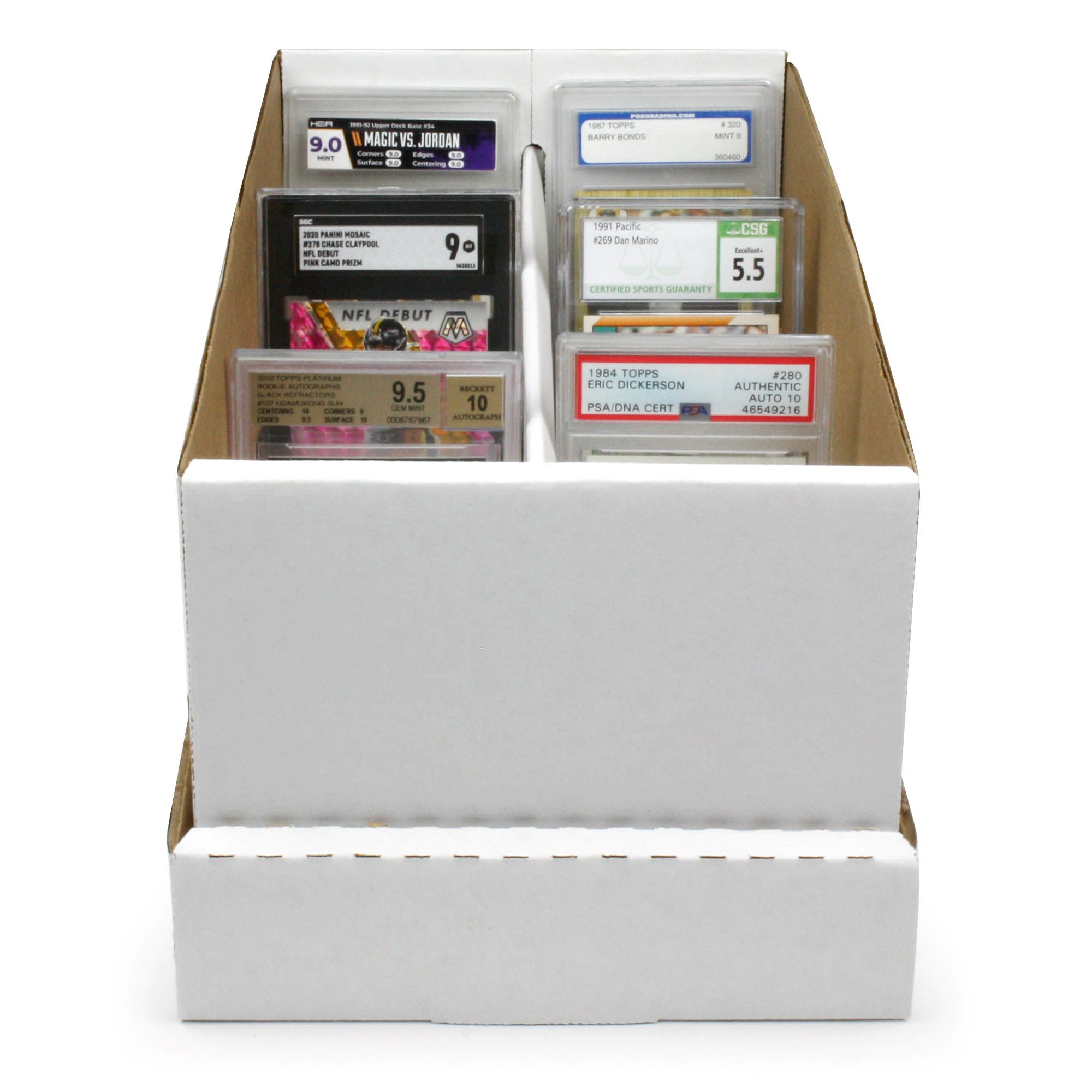

Articles
How To Store Graded Cards
Modified: January 20, 2024
Learn effective strategies for storing graded cards in this comprehensive collection of articles. Proper storage is key to preserving the condition and value of your valuable collectibles.
(Many of the links in this article redirect to a specific reviewed product. Your purchase of these products through affiliate links helps to generate commission for Storables.com, at no extra cost. Learn more)
Introduction
Welcome to the world of graded cards! As an avid collector, you understand that graded cards hold a special place in the realm of sports memorabilia. Whether you have rare vintage cards or modern-day gems, proper storage is crucial to preserve their value and condition over time.
Graded cards undergo a meticulous evaluation process, where they are assigned a numerical grade based on factors such as centering, corners, edges, and surface. This grading system provides collectors and investors with a standardized assessment of a card’s condition, adding credibility and value to their collection.
However, it’s important to remember that even graded cards are not impervious to deterioration. Factors such as temperature, humidity, light exposure, and mishandling can still impact the quality and value of these precious items. That’s why it’s essential to understand the best practices for storing graded cards and creating an optimal environment for their preservation.
In this article, we will guide you through the process of storing graded cards, covering everything from proper handling and storage supplies to temperature control, protection from light and UV rays, organizing and labeling, regular inspection and maintenance, and the importance of insurance. Let’s dive in and ensure your graded card collection remains in pristine condition for years to come.
Key Takeaways:
- Preserve the value of your graded card collection by following proper handling and storage techniques, including using protective supplies, controlling temperature and humidity, and safeguarding against light and UV rays.
- Safeguard your investment in graded cards with regular inspection, organization, and insurance. Protect against damage, theft, and market fluctuations while ensuring the long-term enjoyment and preservation of your valuable collection.
Read more: How To Store Card Games
Proper Handling and Storage
When it comes to graded cards, proper handling is the first line of defense against damage. Always handle graded cards with clean hands to avoid transferring oils, dirt, or sweat onto the surface. It’s recommended to wear gloves made specifically for handling collectibles, as they provide an extra layer of protection.
Additionally, it’s crucial to handle graded cards by the edges or wear gloves when picking them up. Avoid touching the surface or the graded label, as any scratches or smudges can diminish the card’s value. If possible, use a soft cloth or tissue to support the card from underneath while handling it.
When it comes to storage, the first rule is to keep your graded cards in a secure and stable environment. Avoid storing them in areas prone to extreme temperature fluctuations, such as garages, attics, or basements. Optimal storage locations include a temperature-controlled room or a safe deposit box, away from direct sunlight.
It’s important to keep your graded cards away from sources of moisture as well. High humidity can cause cards to warp or develop mold, which can irreparably damage their condition. Ensure that the storage area has proper ventilation and invest in humidity control measures, such as dehumidifiers or moisture-absorbing packets.
Choosing Storage Supplies
When it comes to storing graded cards, the right supplies can make all the difference. Here are some essential storage supplies to consider:
- Card Sleeves: Invest in acid-free and PVC-free card sleeves that are specifically designed for graded cards. These sleeves provide an additional layer of protection against dust, scratches, and moisture.
- Toploaders or Card Holders: Use toploaders or card holders designed to fit graded cards. These rigid plastic holders prevent bending or warping and provide further protection during storage or transportation.
- Storage Boxes: Choose storage boxes made of acid-free, archival-quality material. Ensure that the boxes are the appropriate size to hold your graded cards comfortably and have dividers or compartments to keep them organized.
- Binders or Albums: If you prefer a more organized and easily accessible storage solution, consider using binders or albums designed specifically for graded cards. Look for ones with acid-free pages and sleeves to prevent damage.
- Slabs or Cases: Graded cards are typically encapsulated in plastic slabs or cases for long-term protection. However, it’s still important to store these slabs or cases in suitable storage solutions to prevent damage from external elements.
- Extras: Remember to keep extra supplies on hand, such as microfiber cleaning cloths, soft brushes, and mild cleaning solutions formulated for collectibles. These can help you maintain the cleanliness and condition of your graded cards.
When purchasing storage supplies, opt for trusted brands known for their quality and reliability. Avoid using supplies with acidic materials or harmful chemicals, as they can deteriorate the condition of your graded cards over time.
Remember, the ultimate goal is to provide a safe and protective environment for your graded cards, ensuring their longevity and preserving their value for future generations to enjoy.
Temperature and Humidity Control
Proper temperature and humidity control are critical aspects of storing graded cards. Fluctuations in temperature and high levels of humidity can cause irreparable damage to these collectibles. Here are some guidelines to help you maintain optimal conditions:
Temperature: It is ideal to store graded cards in a controlled environment with a temperature range of 60 to 70 degrees Fahrenheit (15 to 21 degrees Celsius). Avoid extreme temperature changes, as they can lead to the expansion and contraction of materials, potentially damaging the cards.
Humidity: Humidity levels should be maintained between 40% and 50%. High humidity can cause cards to warp, while low humidity can lead to brittleness. Investing in a hygrometer can help you monitor and regulate humidity levels in your storage area.
If your storage area does not naturally maintain the desired temperature and humidity levels, consider using a dehumidifier or humidifier to create a stable environment. Be cautious when using these devices to ensure that they do not introduce excess moisture or dryness into the air.
In addition to controlling temperature and humidity, it is crucial to ensure proper ventilation in your storage area. Good air circulation helps prevent the buildup of stagnant air and reduces the risk of mold growth or odors.
Remember, maintaining a consistent temperature and humidity level is key to preserving the integrity of your graded cards. By creating an environment that mimics the conditions of a museum or archival facility, you can safeguard your investment and enjoy your collection for years to come.
Protection from Light and UV Rays
Light and UV rays can be detrimental to the condition of graded cards, causing fading, discoloration, and even deterioration of the materials. To protect your valuable collectibles, follow these guidelines:
Avoid Direct Sunlight: Never display or store your graded cards in direct sunlight. Ultraviolet (UV) rays can cause irreversible damage over time. Choose a storage location away from windows or use light-blocking curtains or blinds to prevent sunlight exposure.
Use UV-Blocking Sleeves: Consider using UV-blocking sleeves or display cases to further protect your graded cards. These specially designed sleeves or cases filter out harmful UV rays, adding an extra layer of protection.
Display with Caution: If you choose to display your graded cards, use UV-protective glass or acrylic display cases. These materials offer excellent UV protection while allowing you to showcase your collection without compromising its condition.
Limit Artificial Light Exposure: While natural light is the primary concern, artificial light sources can also emit UV rays. Limit the exposure of your graded cards to fluorescent lights or other light sources known to emit UV radiation. Consider using low-UV light bulbs or LED lights that emit minimal UV rays.
Rotate Display Items: If you have a collection of graded cards on display, consider periodically rotating the items to minimize prolonged light exposure. This practice ensures that each card has equal time in a lower light environment, reducing the risk of damage.
Store in Light-Blocking Containers: When not on display, store your graded cards in light-blocking containers, such as opaque storage boxes or cases. These containers will effectively shield the cards from ambient light and prevent direct exposure.
By taking precautions to protect your graded cards from light and UV rays, you can significantly prolong the lifespan of their vibrant colors and sharp details. Preserve the integrity and beauty of your collection by keeping these guidelines in mind.
Store graded cards in a cool, dry place away from direct sunlight to prevent fading and damage. Use acid-free sleeves or holders to protect the cases from scratches.
Read more: How To Store Sushi Grade Fish
Organizing and Labeling
Effective organization and labeling are key to maintaining an orderly and easily accessible collection of graded cards. Here are some tips to help you organize and label your cards:
Categorize by Set, Player, or Year: Choose a system that works best for you and categorize your graded cards based on set, player, or year. This will make it easier to locate specific cards when you want to admire or showcase them.
Use Card Dividers: Invest in card dividers or index tabs to separate different categories within your storage containers. These dividers allow for easy navigation and prevent cards from shifting or getting mixed up.
Consider a Card Database: If you have a large collection, using a digital card database or inventory management software can be highly beneficial. These tools allow you to keep track of your cards’ details, assign unique identifiers, and easily search and retrieve specific cards when needed.
Label Containers: Apply clear, descriptive labels to your storage containers or boxes to identify the contents inside. This makes it easier to find specific cards without having to search through multiple containers.
Include Additional Information: For each graded card, consider including additional information such as the card’s grade, purchase date, or any relevant notes. This information can be helpful for tracking the value and history of your collection.
Create Digital Backup: Take photos or scan your graded cards and create a digital backup. This backup not only serves as a reference but also provides a record of your collection for insurance purposes.
By implementing a systematic organization and labeling strategy, you can save time and quickly locate the cards you desire. Whether you’re a collector or an investor, maintaining a well-organized collection will enhance your overall enjoyment of the hobby.
Regular Inspection and Maintenance
Regular inspection and maintenance are essential for preserving the condition of your graded cards and identifying any potential issues early on. Here are some key steps to incorporate into your inspection routine:
Visual Inspection: Regularly inspect your graded cards for any signs of damage, such as scratches, creases, or discoloration. Carefully examine the edges, corners, and surfaces of the cards to ensure their integrity.
Check for Moisture or Mold: Keep an eye out for any signs of moisture or mold growth within your storage containers or display cases. If you detect any dampness or mold, take immediate action to identify the source and address the issue to prevent further damage.
Cleanliness: Maintain a clean storage environment for your graded cards. Dust and debris can accumulate over time, so periodically wipe down the storage containers and display cases to keep them free from dirt. Avoid using harsh cleaning agents and opt for gentle, non-abrasive materials.
Handling and Display Review: Evaluate your handling and display methods to ensure they are still optimal. Have your handling techniques changed in any way? Are there any improvements you can make to enhance the display setup and mitigate any potential risks?
Monitor Storage Conditions: Continuously monitor the temperature and humidity levels in your storage area. Use a hygrometer to check for any significant fluctuations and take necessary measures to maintain a stable environment for your graded cards.
Update Insurances: Review your insurance policy regularly to ensure that your graded card collection is adequately protected. If the value of your collection has increased, consider updating the coverage to reflect its current worth.
By conducting regular inspections and maintenance, you can identify and address any issues promptly, thus preserving the quality and value of your graded card collection. This proactive approach is crucial for the long-term enjoyment and protection of your investment.
Importance of Insurance
Insurance is a crucial aspect of protecting your valuable graded card collection. While you may take various precautions to ensure the safety and preservation of your cards, unforeseen events or accidents can still occur. Here’s why having insurance is essential:
Financial Protection: Your graded card collection may represent a significant investment of time, effort, and money. Insurance provides financial protection in case of damage, theft, or loss, allowing you to recover the value of your collection and potentially replace the affected cards.
Peace of Mind: Knowing that your graded card collection is insured brings peace of mind. You can enjoy your collection without constant worry about potential risks since you have coverage in place to mitigate potential losses.
Natural Disasters and Accidents: Natural disasters such as fires, floods, or earthquakes can cause irreparable damage to your collection. Accidents, like water leaks or instances of mishandling, can also lead to card damage. Insurance helps you recover the value of your cards in such unfortunate events.
Theft and Burglary: Graded cards are valuable items that can attract the attention of thieves. Insurance coverage protects you from the financial loss caused by theft or burglary, ensuring that you can rebuild your collection if the cards are stolen.
Collector’s Market Fluctuations: The market value of graded cards can fluctuate over time. Insurance allows you to safeguard against potentially losing out on the value of your collection due to changes in the market. Should the value of your cards appreciate significantly, your insurance coverage can be adjusted accordingly.
Replacement Options: In the unfortunate event of damage, loss, or theft, insurance coverage provides you with options for replacement. Depending on your policy, you may be able to choose between receiving a cash settlement or obtaining replacement cards of similar grade and value.
Appropriate Coverage: Ensure that your insurance policy covers the full value of your graded card collection. Take into account any recent additions or changes to the collection and periodically review your coverage to ensure it aligns with your collection’s current value.
Remember to document your graded cards and keep proper records, including detailed descriptions, photographs, and appraisals. These records will help facilitate the insurance claim process if the need arises.
By insuring your graded card collection, you are protecting your investment, giving yourself peace of mind, and ensuring that you can continue to enjoy and appreciate your valuable cards for years to come, regardless of any unforeseen circumstances.
Conclusion
Proper storage and care of your graded card collection are crucial for preserving their value and condition. By following the guidelines outlined in this article, you can create an optimal environment for your graded cards and ensure their longevity.
From proper handling techniques to choosing the right storage supplies, such as sleeves, toploaders, and storage boxes, every step is essential in maintaining the integrity of your collection. Temperature and humidity control, protection from light and UV rays, and regular inspection and maintenance are additional measures that contribute to the longevity of your graded cards.
Organizing and labeling your collection not only makes it easier to locate specific cards but also adds a sense of order and enjoyment to the hobby. And don’t forget to explore insurance options to protect your investment from unforeseen events like damage, theft, or loss.
Remember, the value of your graded cards goes beyond mere monetary worth. Each card represents a piece of sports history, a cherished memory, or a shared passion among collectors. By caring for and protecting your cards, you can continue to appreciate and pass down the joy of collecting to future generations.
By implementing the practices discussed in this article and continually educating yourself on best practices in card storage, you can enjoy your graded card collection with the confidence that it is well-protected. So, ensure that your prized graded cards receive the care and attention they deserve, and embark on a journey of preserving and cherishing these valuable pieces of sports memorabilia for years to come.
Frequently Asked Questions about How To Store Graded Cards
Was this page helpful?
At Storables.com, we guarantee accurate and reliable information. Our content, validated by Expert Board Contributors, is crafted following stringent Editorial Policies. We're committed to providing you with well-researched, expert-backed insights for all your informational needs.

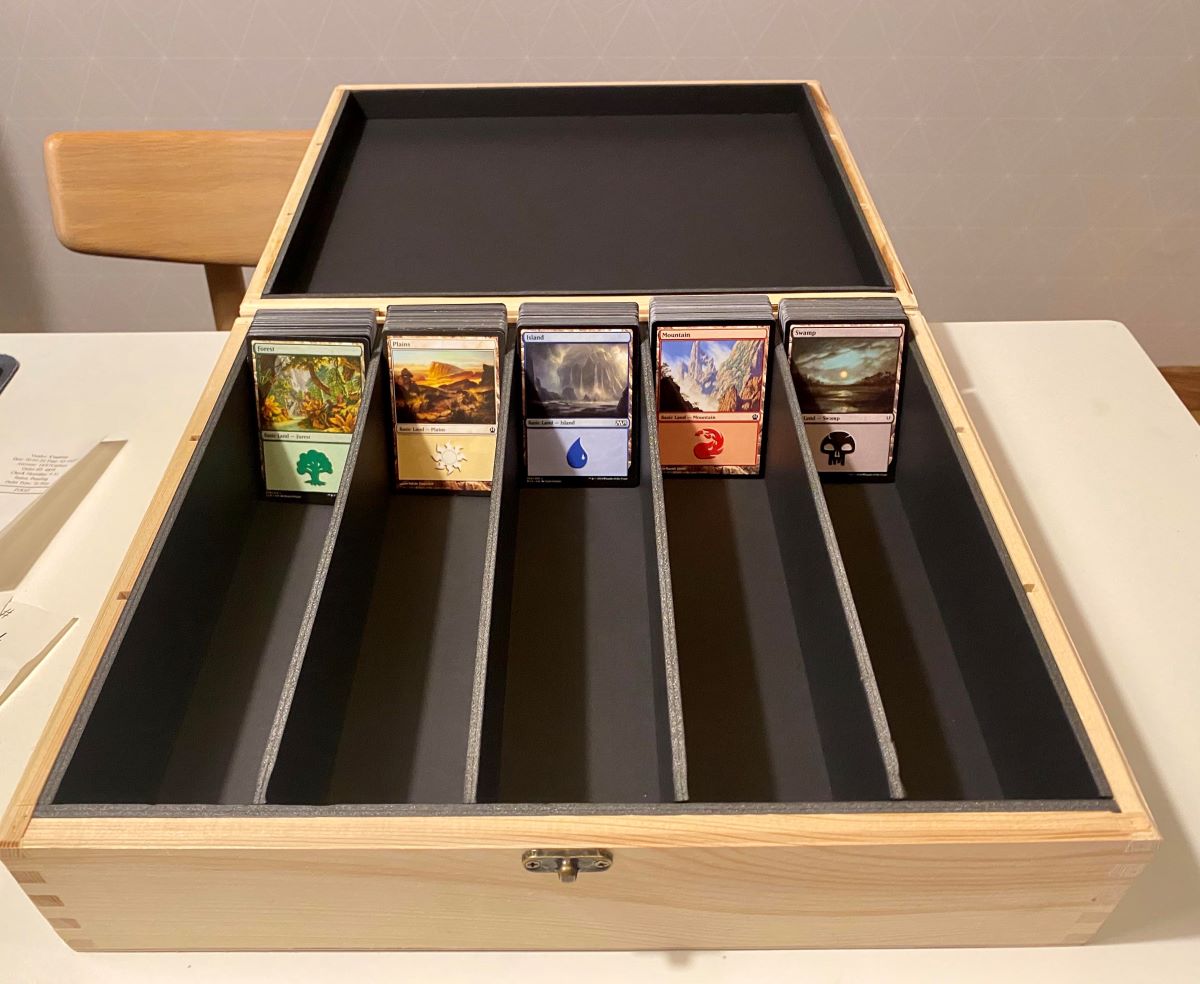
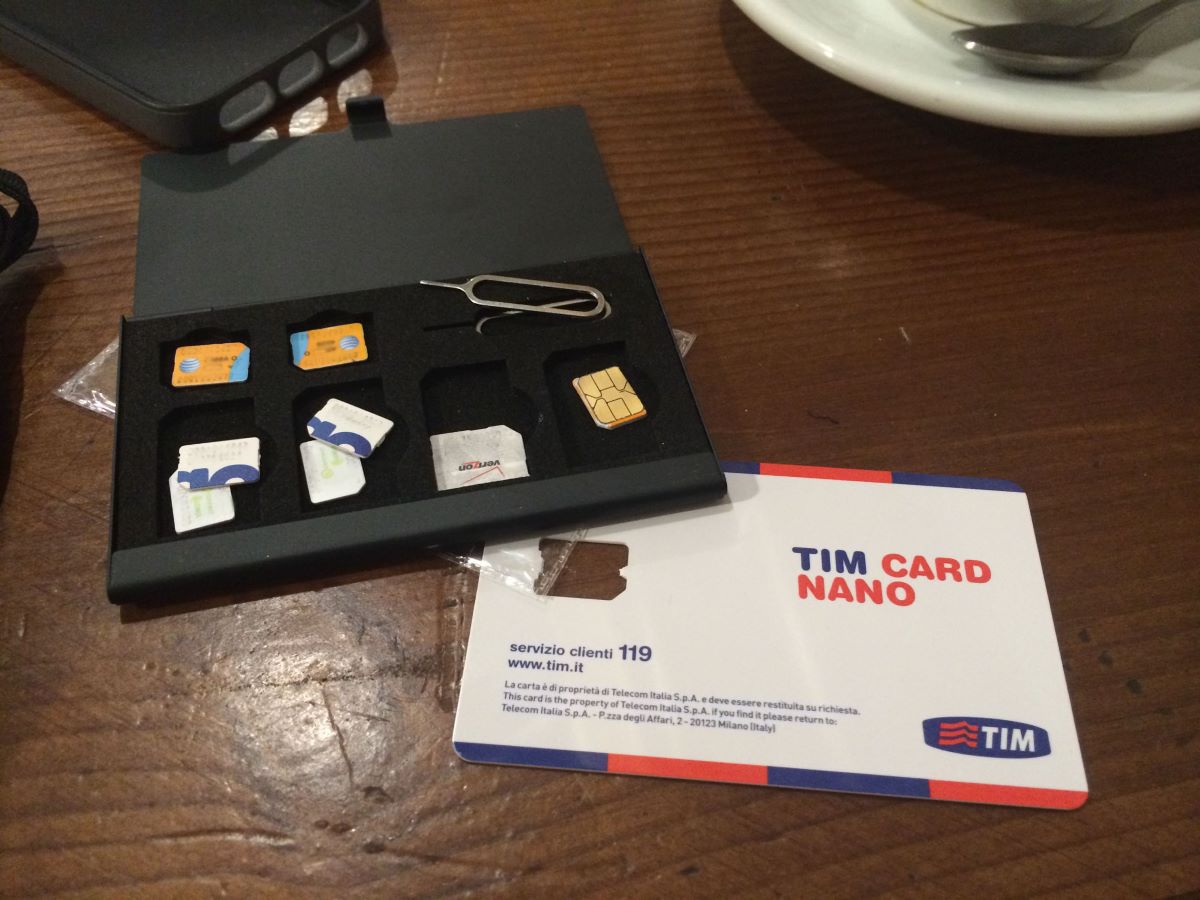


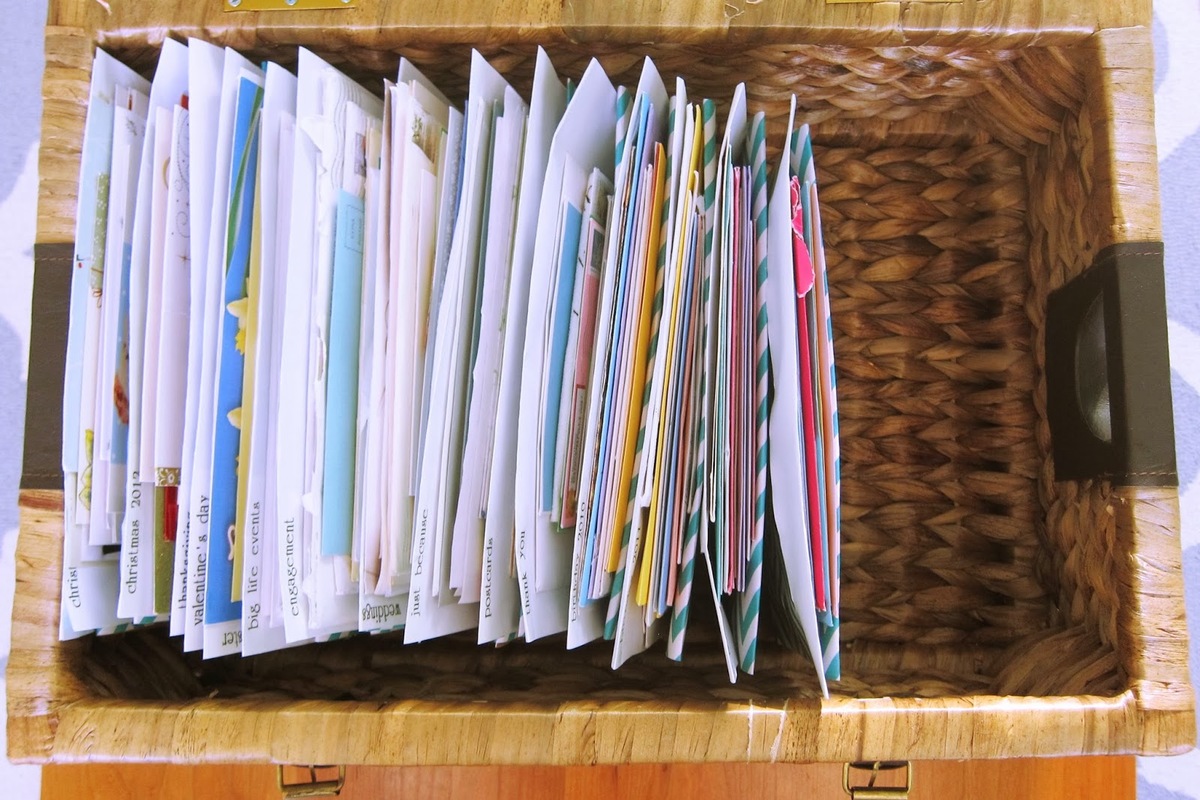
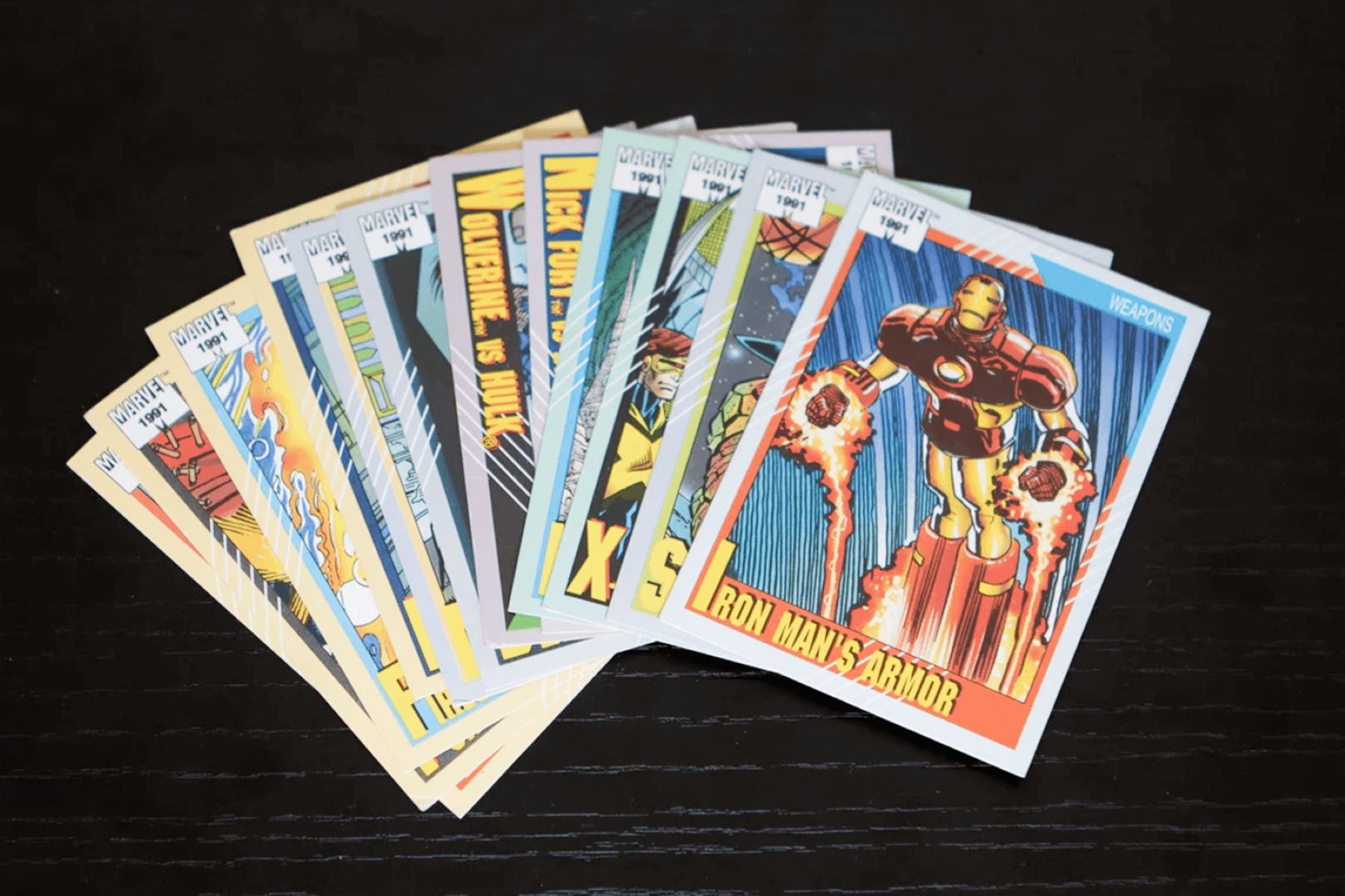

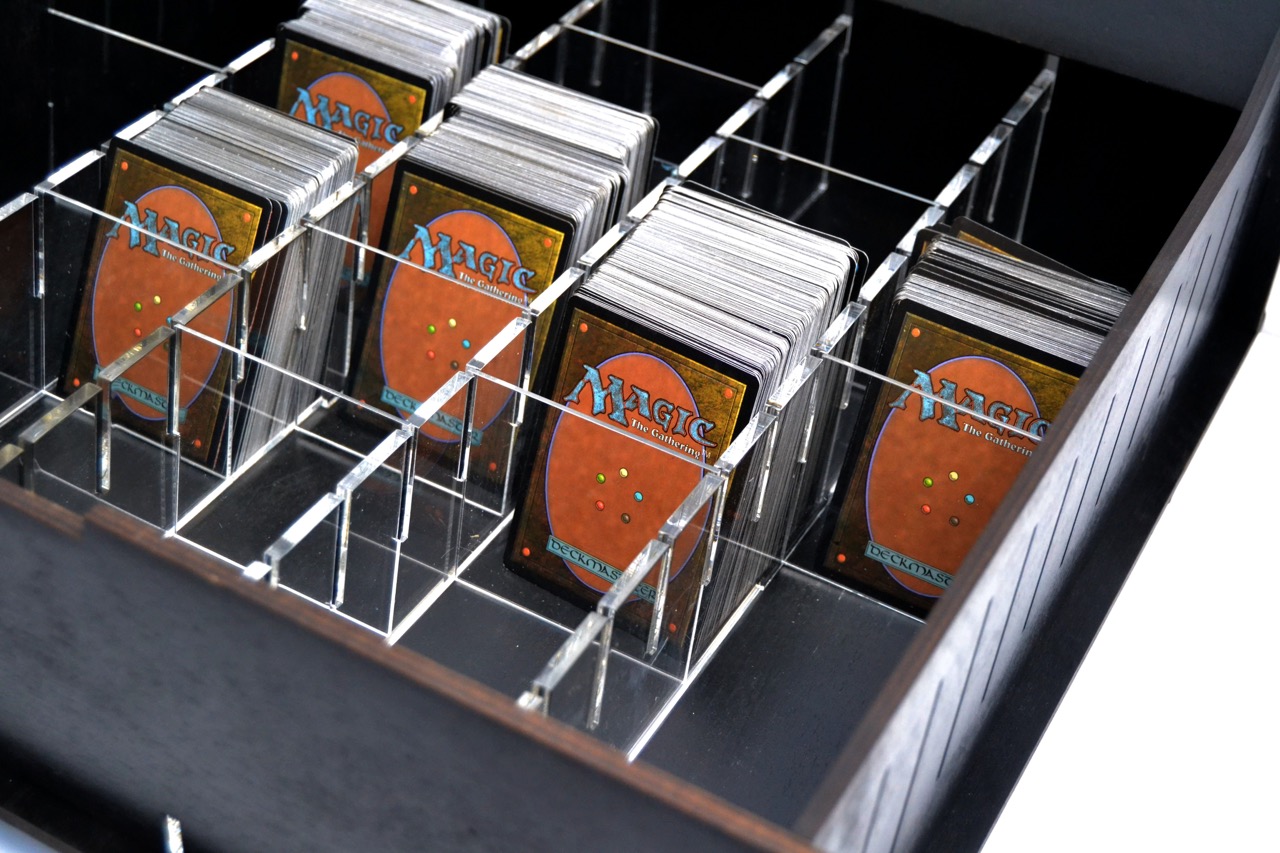
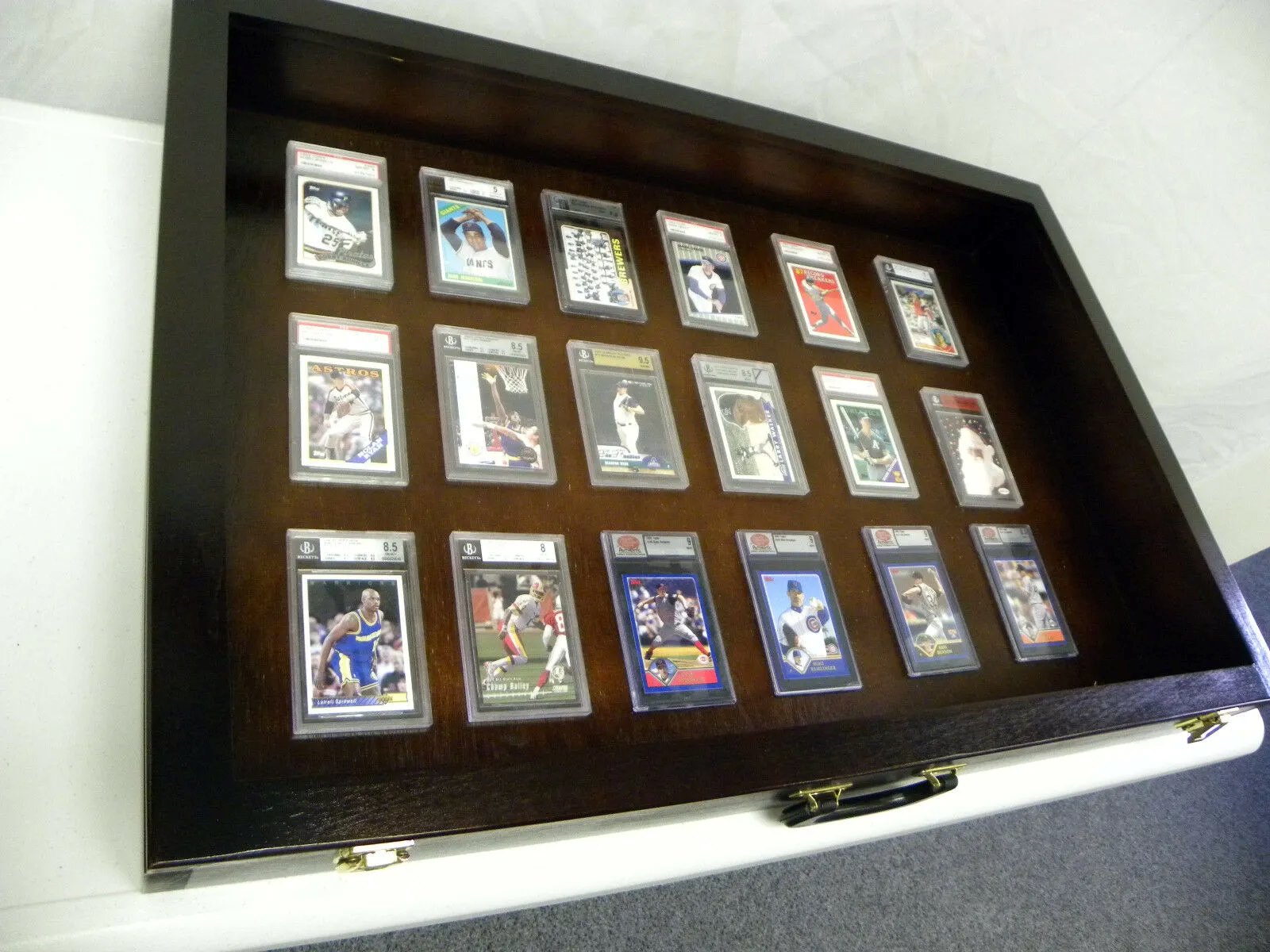
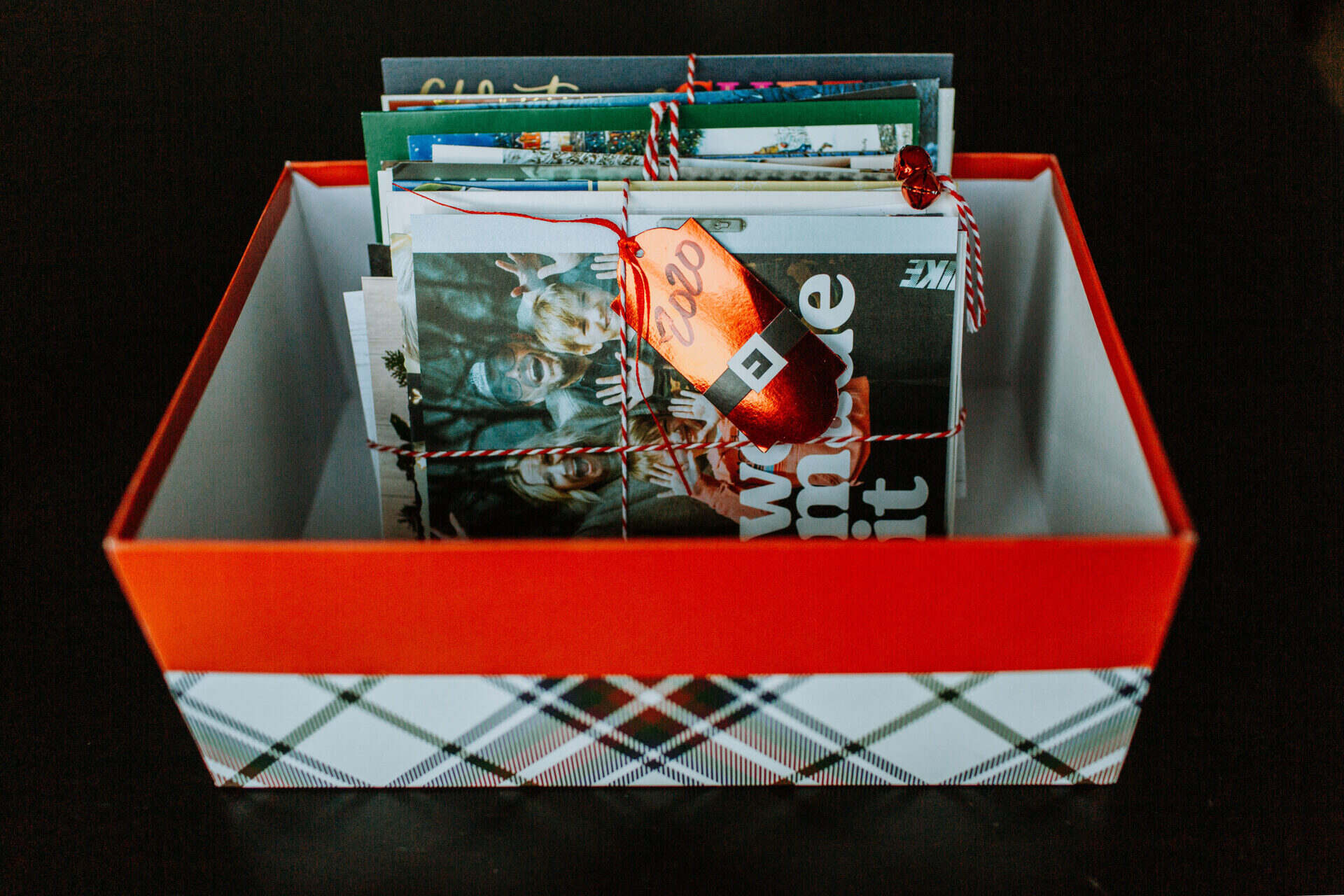
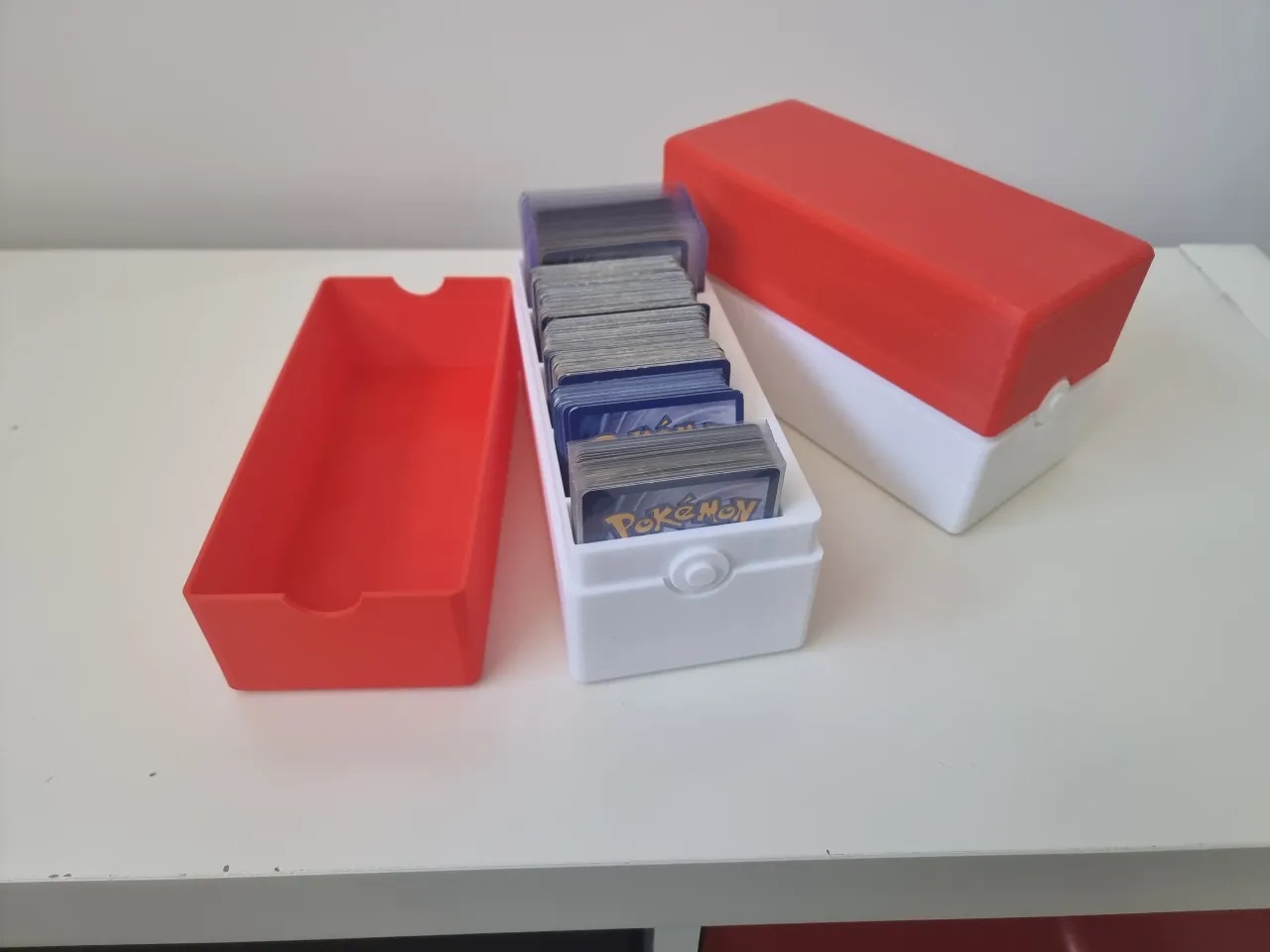
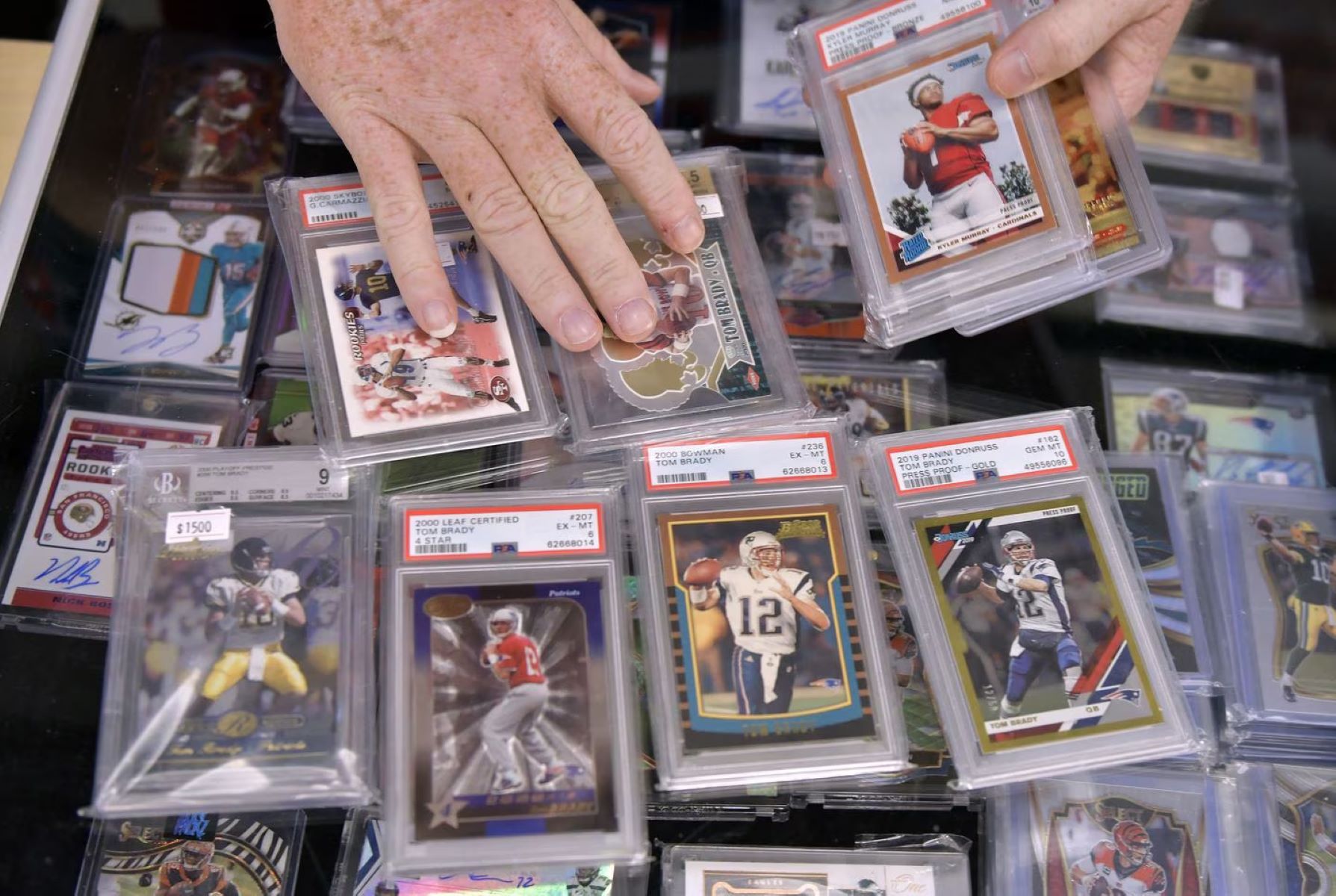
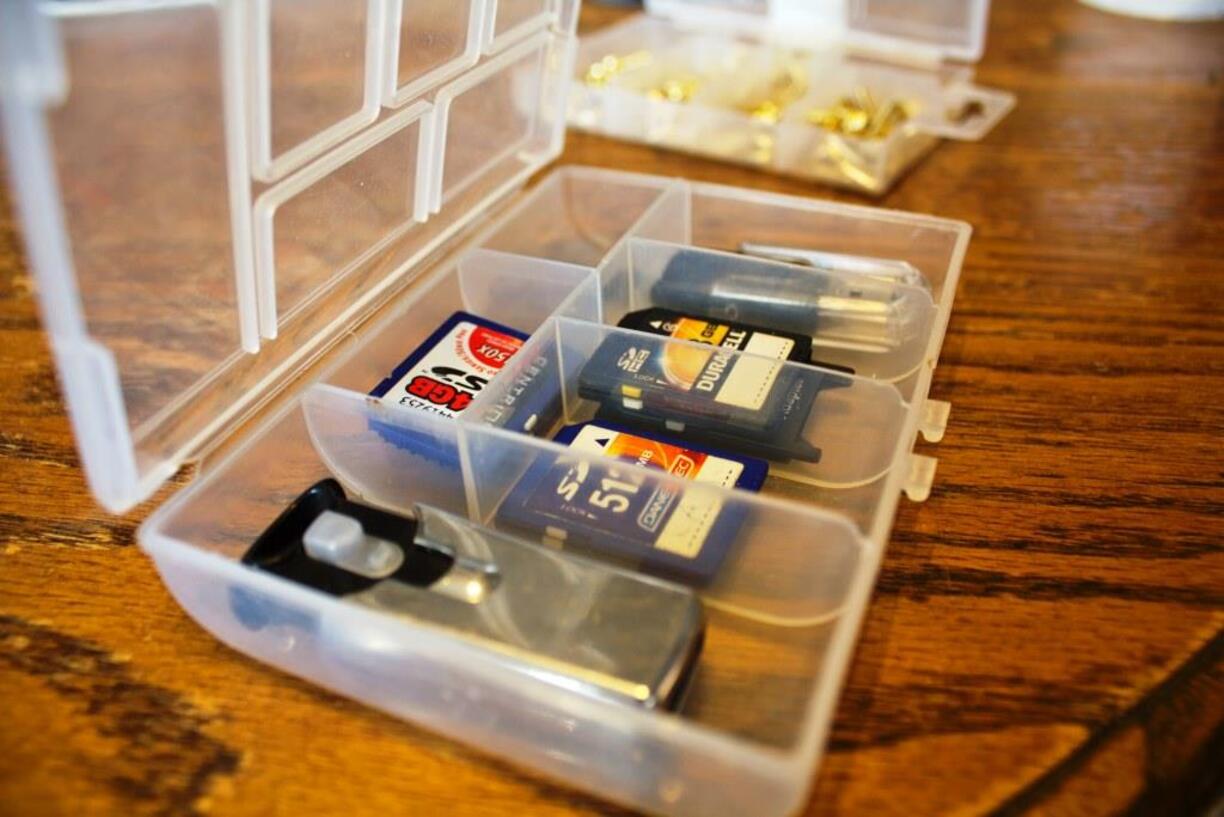

0 thoughts on “How To Store Graded Cards”